Ground Source Heat Pumps and Air Source Heat Pumps: Are They as Energy Efficient and Green as Advertised?
Learn how heat pumps work and whether they make sense for you.

Synopsis: Unlike most heating equipment that burns fuel to create warmth, heat pumps use a vapor-compression cycle to move heat from one place to another. In winter, heat is extracted from the air or the ground, concentrated, and distributed inside via air ducts or radiant-floor tubing. In summer, the same equipment runs in reverse to remove heat from indoor air and dump it outside. In this article, contributing writer Scott Gibson takes a look at both air-source (ASHPs) and ground-source, or geothermal, heat pumps (GSHPs) and some variations on both. Operating costs vary depending on location, type of heat pump, and local electricity prices. Moreover, there are significant caveats when comparing efficiency ratings between heat pumps and conventional heating and cooling equipment. All of these factors make the decision over whether to install a heat pump more complicated than it might seem at first.
Efficient heating systems
High-efficiency gas-fired furnaces turn more than 95% of the fuel’s energy potential into usable heat. Energy losses are low, and so are greenhouse-gas emissions. But what about a heating appliance capable of operating at efficiencies over 100%, producing multiple units of heat for every unit of energy it consumes? And what if it also is able to cool your house in summer and warm your water? High efficiency and versatility are two advantages of heat pumps. And at least on paper, that should make choosing one a slam dunk. Unfortunately, it’s not that easy.
There are a variety of heat-pump types to choose from, with a proportionally wide range of prices. Here, I’ll take a look at both air-source (ASHPs) and ground-source, or geothermal, heat pumps (GSHPs) and some variations on both. Operating costs will vary depending on where you live, what type of heat pump you install, and your local electricity prices. Finally, there are significant caveats when comparing efficiency ratings between heat pumps and conventional heating and cooling equipment. If you’re considering a heat pump, you’ll have to wade deeply into these details before you can make an informed decision.
Move heat instead of burning fuel
Unlike most heating equipment that burns fuel to create warmth, heat pumps use a vapor-compression cycle to move heat from one place to another. In winter, heat is extracted from the air or the ground, concentrated, and distributed inside via air ducts or radiant-floor tubing. In summer, the same equipment runs in reverse to remove heat from indoor air and dump it outside.
Vapor compression is the same technology that makes a freezer or air conditioner work. With the help of a compressor and an evaporator, a refrigerant circulated through a closed loop absorbs and releases heat as it changes from a gas into a liquid and back again. Because the refrigerant has a low boiling point, it can extract heat even from air or water at or below freezing temperatures.
As the name suggests, ASHPs use outside air as the source of heat in winter and as the heat sink in summer. GSHPs use the earth for this exchange, either through tubing installed in wells or trenches or through a water source like a pond.
ASHPs are popular in the southeastern United States, where cooling is a bigger issue than heating and where winter temperatures are relatively mild. They cost less to install than ground-source heat pumps, but most don’t operate as efficiently, especially in cold weather. When temperatures fall below 40ºF, they may need a boost from either electric-resistance heaters or fuel-fired furnaces, though there are some exceptions.
For more photos and information on how to choose the right type of heat pump and estimated operating costs, click the View PDF button below.










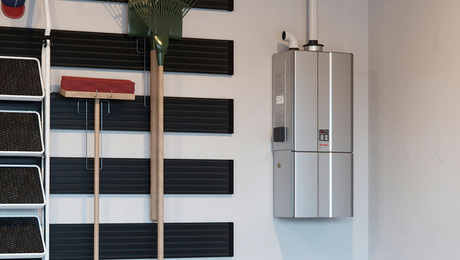
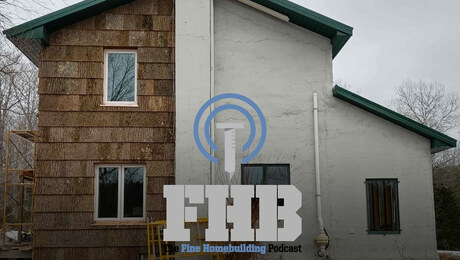
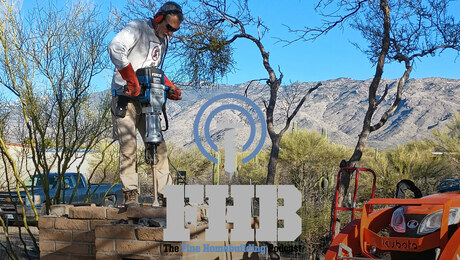

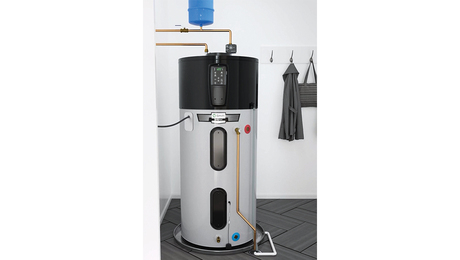

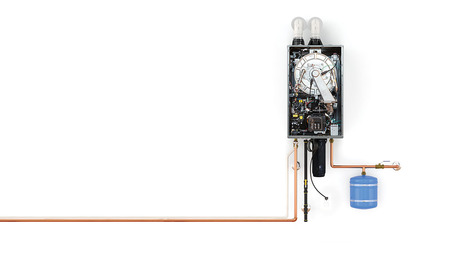










View Comments
This was a good article when it was first published 13 years ago, but it's very out of date now. It discusses ozone depletion effects of refrigerants, but doesn't even mention GWP, Global Warming Potential. It says that air source heat pumps don't work at exterior temps below 40F- true when it was written, but today, they'll work to 5F or even lower. This is just like a lot of the tips that FHB publishes- great when first published, but misleading today. I expect better from Taunton.